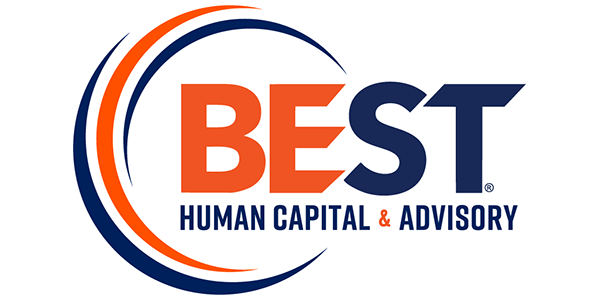
Join Us at Gen Con 2023 and Grow Your Business
Gen Con is one of Indianapolis’ and the Tabletop Gaming and Hobby Industry’s largest events, with over 50,000 attendees annually. For Tabletop Gaming businesses, the event offers you countless opportunities to enhance your career and gain access to resources to drive future business growth— and BEST Human Capital & Advisory Group will be there in […]








